CV Lalmalsawmi discusses the repercussions of Myanmar’s coup from across the border in Mizoram.
A Burmese version of the post is now available. Read it here.
ဗမာဘာသာဖြင့် ဖတ်ရှုလိုပါက ဤလင့်ခ်တွင်ဖတ်ပါ။
The current scene in Myanmar is of utter chaos, fear and uncertainty. It’s a picture of thousands fleeing their homes, and thousands killed, injured or detained amid raids, bombings, arrests and untold atrocities. As the military junta intensifies its campaigns against civilian resistance forces in the outlying towns and villages in Magwe and Sagaing Regions, and Chin, Shan and Kayah States, the ruthlessness of the crackdown is juxtaposed with the indomitable spirit of the people. The unilateral attacks on and the burning of Thantlang Township on 29 October, in what could be seen as the junta’s attempt to decimate the Chinland Defence Force stationed there, was particularly heart-wrenching for many onlookers from across the border in Mizoram, India, one that reminds the residents the gravity of the situation close to their backyard.
Thantlang is an old and important township in western Chin State, located at a mere 25 kms from its capital Hakha and an administrative centre in its own right. According to reports, more than 160 houses were burned down as the junta army deployed rocket-propelled grenades (RPG) and mortars causing uncontrolled fires that engulfed resident homes and even church buildings. As the besieged town was almost completely deserted by then, due to a previous attack on 18 September, there was fortunately minimal or no civilian casualty reported. However, the ransacking of Thantlang and its disfigurement by the junta showed their desperation in unleashing fume and fury to terrorize their own ‘fellow citizens’- a mockery of a statement at this point- into submitting to the illegal coup staged ten months ago.
Myanmar army’s atrocities in Chin State as well as nearby Sagaing Region, which are in close proximity to India’s northeast, have also cross-border repercussions which beg attention. As refugees are pouring in on the Indian side, there are new dilemmas and questions regarding their status and future even as the governments at the centre and bordering states- particularly Mizoram- differ starkly in their responses toward the unfolding situation.
For the Mizos in Mizoram who are the ethnic brethren of Chins, the episodes unfolding in Myanmar resonate deeply for two reasons. One, the Mizo hills itself had undergone a long period of turmoil called Rambuai. The bombing of its capital Aizawl and other parts of the present Mizoram by the Indian Air Force during the initial days of insurgency in 1966 had left indelible scars in the collective memory of the Mizo people. It was the Mizo national Front (MNF) that led the seccessionist movement against the Indian State to carve out ‘Greater Mizoram’- a homeland for all the Chins, Mizos and Kukis who are common people divided by post-colonial boundaries.
During Rambuai, a number of Mizo families fled to Myanmar to seek refuge and escape the brutality of Indian army’s counter-insurgency. Two, the current post-coup crisis has spawned waves of ‘reluctant refugees’ among Chins- who have crossed over into Mizoram against all their best bets and future plans in a much-anticipated ‘democratic Myanmar’. Many of them are currently lodged in various makeshift camp sites along the border as permitted by authorities and many stayed with their relatives.
For India, the anti-Civil Disobedience Movement campaign by the Tatmadaw is reminiscent of its own counter-insurgency operations in Northeast India. It is also a testament to the shared security anxieties of the two post-colonial states that faced uprisings and insurgencies since attaining political independence from the British in the 1940s. New Delhi’s dilemmas in its response to the Myanmar military’s brutal repression of the civilian resistance movements since the beginning of the coup d’état in February has been a matter, not so much of foreign diplomacy but of a vexed border policy.
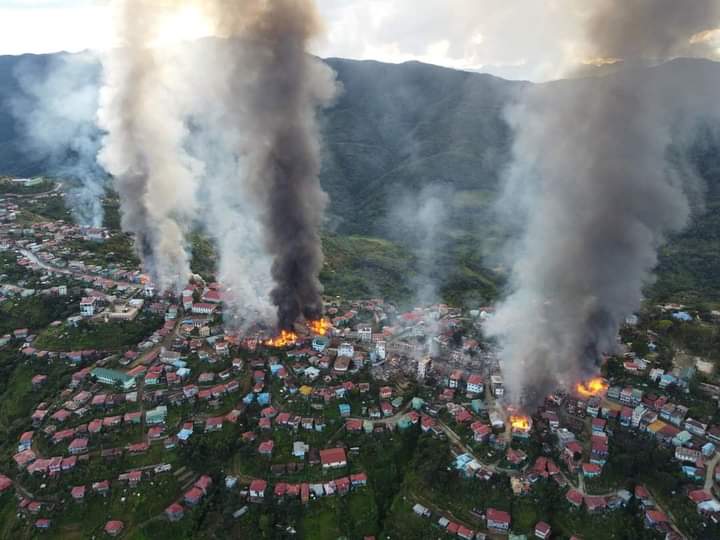
The stakes are particularly high for India due to its ambitious regional connectivity plan of building crucial trade and transport routes across the strategic Indo-Myanmar region and in transforming the latter into an overland gateway to Southeast Asia. This has been a long term project of India’s Act East Policy, an expanded and more action-oriented version of the previous ‘Look East Policy’ which has been India’s foreign policy cornerstone towards Southeast and East Asia since the early 1990s.
India’s policymakers also initiated a constructive engagement with the military government of Myanmar around the same time. This policy of pragmatism has proven fruitful in gaining some level of mutual trust over the years with the military leadership in Myanmar whose cooperation is vital in flushing out insurgents operating in the Indo-Myanmar border. Besides, there’s the China factor. India’s geopolitical concerns in neighbouring Myanmar are piqued by Beijing’s increased presence and assertive role which worries New Delhi. For these reasons, the current Modi government is unlikely to undo decades of bilateral understanding borne out of common strategic interests, economic and security cooperation.
While New Delhi chooses cautious pragmatism in dealing with Myanmar, the regional government in Mizoram led by the Mizo National Front and the civil society in general in this border state have been welcoming refugees from Myanmar. In what could be termed as an ‘open door policy’, the Chief Minister of the state Pu Zoramthanga and Mizoram’s Member of Parliament at Rajya Sabha Pu K. Vanlalvena had stated the impossibility of turning their ‘brothers’ away from the border or sending them back “because it means killing them”. From village councils, to NGOs, Churches and political parties across Mizoram, there has been a concerted effort to welcome Chin refugees in Mizoram with or without the centre’s support or approval. Through various means and methods for refugee relief- including charity concerts and public donations-the Mizo civil society in general have contributed immensely to the cause.
This outpouring of support compelled the Union Ministry of Home Affairs to retract its initial directives to the four states bordering Myanmar to detain and deport any refugee. Due to India being non-signatory to the 1951 UN Refugee Convention or its 1967 protocol, refugees or asylum seekers often fall in the category of ‘illegal immigrants’ and hence deprived of official protection in the absence of a national legal framework. Only few Myanmar refugees could make it to New Delhi to obtain protection under the UNHCR and seek for third country settlement, the process for which could take years. Myanmar refugees residing in Delhi frequently faced with racial, cultural and language discrimination, extreme hardships in livelihoods and general uncertainties about their future. Hence the best and safest option for many Chins is to stay in Mizoram as ‘immigrants’ and find menial jobs to sustain themselves.
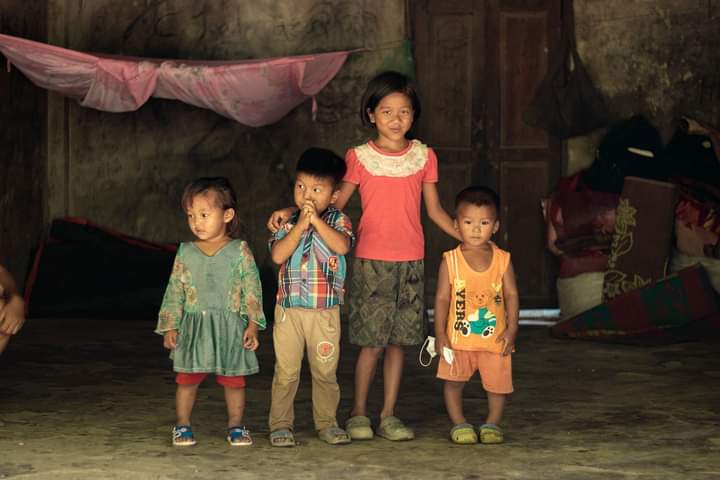
If India’s leadership had a more nuanced understanding of the intricate transborder linkages and ethno-cultural dynamicsof the Indo-Myanmar region especially with that of the Chins, Kukis and Mizos, a centre-state impasse on the issue would probably not have arisen. After all, India has shown immense understanding in such a situation in the past- regarding the Tibetan or Afghan refugees – and has humanitarian obligations that it simply cannot forego. It is important to note that Myanmar’s political imbroglio has had the most devastating consequences for its ethnic minorities, from the Rohingyas to the Karennis and the Chins. They have formed their own defence armies in response to the military offensives and fought the junta from their own strongholds but with very limited capacities. In both India and Myanmar, post-colonial nation building has been a challenging and incomplete task and in the case of the latter, it has almost appeared to be ‘mission impossible’ as the coup crisis deepens.
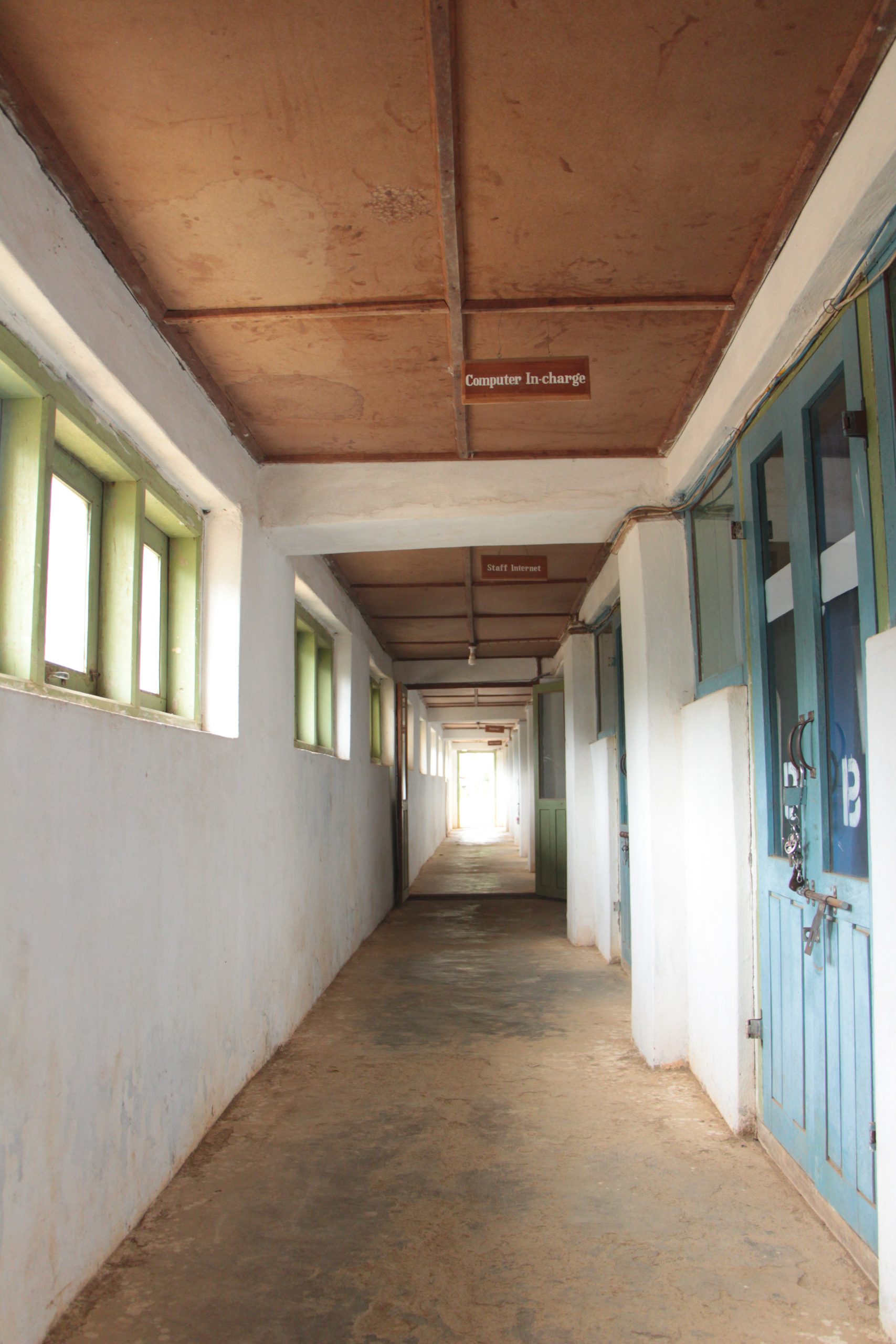
11 Minutes To Read
August 25, 2021
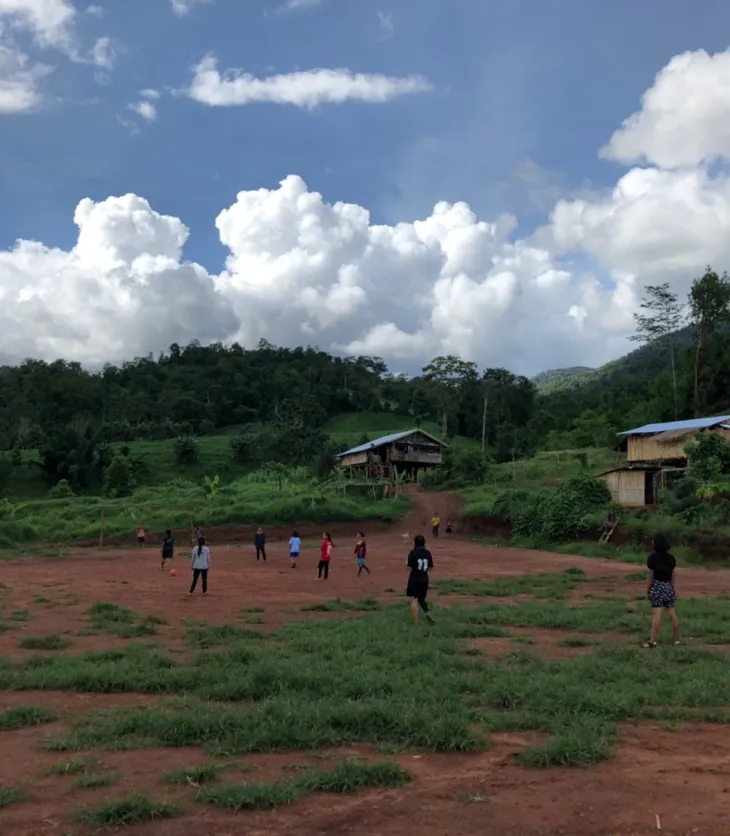
11 Minutes To Read
September 8, 2021
The National Unity Government (NUG), the shadow government in Myanmar, currently has two Chins holding key positions in the Ministry, which is significant for the Chin diaspora across the world. The former NLD-led government had an ethnic Chin named Henry Van Thio, who is a Thantlang native, as a second Vice President and several Chin MPs. This was a remarkable feat for a community whose leaders signed the 1947 Panglong Agreement with General Aung San. Despite being signatory to the historical Panglong accord, the Chins had been politically marginalized by the junta government formed by majority Bamars. Myanmar’s Constitution also entrenches the junta’s power and precludes any meaningful reform in the country’s political system that favours inclusive federalism and minority welfare.
In the past, Mizoram had not always welcomed Chins from Myanmar with open arms, due to the complex dynamics of border-induced differences in culture, dialects, denominations, aspirations and living standards. They were seen with skepticism and termed Burma mi (Burmese folks) indicating otherization as foreigners despite ethnic affinity. Local crimes such as smuggling of narcotic drugs, alcohol brewing, illegal trade and the likes have often been associated with Chin immigrants resulting in bad stereotypes and stigmatization. Kristen McConnachie’s Boundaries and Belonging in the Indo-Myanmar Borderlands: Chin Refugees in Mizoram as well as Sahana Basavapatna’s Chins in Mizoram: The Case of Borders Making Brothers Illegal provide thorough insights into these issues, among other similar works.
But due to the relentless efforts of student and civil society organizations in Mizoram such as the Mizo Zirlai Pawl (Mizo Students’ Union) and Zo Re- Unification Organization (ZORO), there has been a greater awareness in the cross-border narrative of brotherhood and common ethnic origins. Increased transborder mobility and better communication technologies have also helped bridge these chasms in the present context.
It is often stated in the Chin-Mizo transborder discourse that ‘blood is thicker than water’ meaning shared ethnicity in the primordial sense is a much stronger link than shared national identities or mere citizenships. A Chin, therefore, is a Chin first before being a Myanmar citizen and likewise for a Mizo. The post-colonial boundary drawn by their two countries in their midst cannot stand between them. However, it is unlikely that the Mizos could provide long-term asylum for their brethren in the absence of any centre’s support in humanitarian relief and assistance. Over 13,000 refugees have entered Mizoram’s southern and eastern border districts, as recorded by late October 2021, and fresh clashes such as in Thantlang and elsewhere are likely to add to the numbers. New Delhi’s role in the bigger picture is both significant and required since a troubled and volatile Myanmar isn’t in India’s immediate security interest.
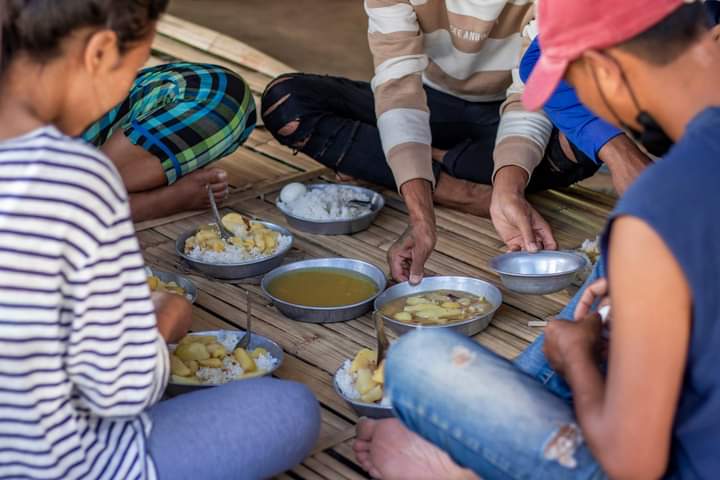
Besides, India’s leaders and policymakers cannot afford to overlook the great potential cross-border linkages hold for the larger India-Myanmar relations. Mizoram is at the forefront of the ‘Act East’ plan with the Kaladan Multi-Modal Transit Transport Project (KMMTTP)- the flagship connectivity project underway in its southern borders while a growing volume of overland trade with Myanmar is operationalized in its eastern border near Zokhawthar. This locates the Chin State- Mizoram borderland at a very critical junction within India’s ambitious gateway schema. A careful balancing of development and security concerns is the key in dealing with the refugee situation even as their transborder movements are under scrutiny.
India has always been more of a transit route and not a final destination per se for many Chin refugees who come here. Hence, a positive discourse in their favour can change national and regional outlook towards the influx that has attracted some degrees of skepticism and criticism in other parts of India. Since the transborder dynamics are also closely affected and determined by policymaking at the centre level, New Delhi’s approach towards the unfolding crisis in Myanmar will be instrumental in how borderland communities respond to the same.
A degree of empathy and rational thinking are both required in balancing the intricate aspects of policy making and implementation given the circumstances as the stakes are high for all concerned. Taking transborder narratives and concerns into account will allow discussions and dialogues that are sensitive to history, ethnicity, culture, faith and linguistic commonality that bind people together across borders and how these are frequently transcended even during normal times, whether physically or mentally.
While the Mizos have healed and moved on from their Rambuai, their insurgent past to a great extent, although scarred memories remain, the Chins and other ethnic groups in Myanmar are staring at a future of instability, uncertainty and a Rambuai of a different nature altogether. From the Chin Hills which are now covered with the dark thick smokes of mortars and RMGs, Mizoram may well offer a flicker of hope and light for a chance in seeking refuge while India, along with ASEAN and the international community work towards de-escalating the situation in Myanmar. Until then, the lives of people in Myanmar will continue to hang in the balance.
CV Lalmalsawmi is a PhD Candidate and a former Senior Research Fellow at the Centre for Indo-Pacific Studies, School of International Studies at Jawaharlal Nehru University, New Delhi and a native of Mizoram, Northeast India. Her research areas include India-Myanmar Relations and Transborder issues and linkages concerning Chins and Mizos at the Indo-Myanmar Region. You can reach her through Facebook or Twitter.
Like This Article
September 26, 2024
September 11, 2024

Center for Southeast Asian Studies, Asian Institute 1 Devonshire Place Toronto, Ontario, M5S 3K7, Canada
©TeaCircle All Rights Reserved 2023